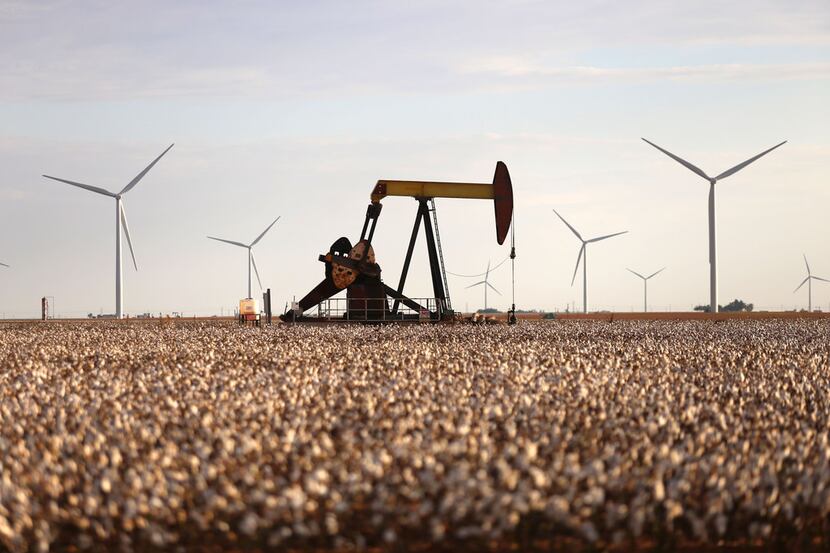If there is a silver lining to dark and brooding clouds of rolling blackouts amid bone-chilling temperatures and a dangerous snowstorm, it’s that those blackouts are protecting the state from a larger calamity.
No one likes the blackouts, least of all us. Texas is facing a disruptive and potentially dangerous situation as millions experience outages of varying lengths. People are stuck at home without heat and with nowhere to go during a pandemic. Businesses are closed and people who normally can work from home are grappling with power and internet outages.
But rolling outages are built into our system as a failsafe during extreme weather to avoid cascading blackouts. When the entire grid goes down, it can take weeks to restore power to everyone. We can – and will – debate the strength of this system after this crisis, but controlled outages are easier for power companies to deal with, which is why they are part of the playbook during an emergency.
In fact, several key design aspects of our unique, free market Texas power system are keeping at least some juice flowing this week and making it possible to get the power back on for everyone more quickly. This should be a reminder that, while tweaks to the market might be welcome, we shouldn’t abandon our free market approach. And we should certainly resist a government-managed move to all renewables.
Texas inhabits its own electrical grid, and power generation must meet demand at all times, as battery technology cannot store enough electricity to carry the state through an emergency (yet). And the Texas free-market approach has prompted investors from around the world to build a variety of power plants here, which is one reason why Texas leads the country in wind power in addition to deep investments in fossil fuels.
Wind turbines generate low-cost, pollution-free power, reducing our electricity prices and pushing older, dirtier fossil fuel plants out of service. But like any power source, wind has its downsides. One of the problems over the weekend was the extreme weather in West Texas caused about half of Texas’ wind power capacity to freeze. Wind turbines represented a portion of the power generators that went down; natural gas was also in short supply for power plants, as utilities put a priority on supplying natural gas to residential customers for heating.
But a grid with a variety of resources is resilient. And the Texas free-market system includes mechanisms to encourage power companies to get their turbines turning as soon as possible, and to lure more power plants onto the grid during emergencies.
According to the Electric Reliability Council of Texas website, wholesale power prices shot up as high as $9,000 per megawatt hour on Sunday. Typically, those prices are below $100 per megawatt hour. In other words, anybody with a power plant in Texas, no matter how old or expensive to run, had an incentive to fire it up this weekend. The end result is more electricity, though as it turns out not quite enough, as some plants struggled with blackouts.
This is likely why ERCOT managed to mostly keep the lights on Sunday night, and why we’re dealing with rolling blackouts instead of cascading failures.
We need all of our fuel resources to keep our grid agile and reliable. Each fuel type, nuclear, coal, natural gas, solar and wind, offers benefits and drawbacks. So until something better comes along, we are going to need nuclear and fossil fuels.
Got an opinion about this issue? Send a letter to the editor, and you just might get published.

